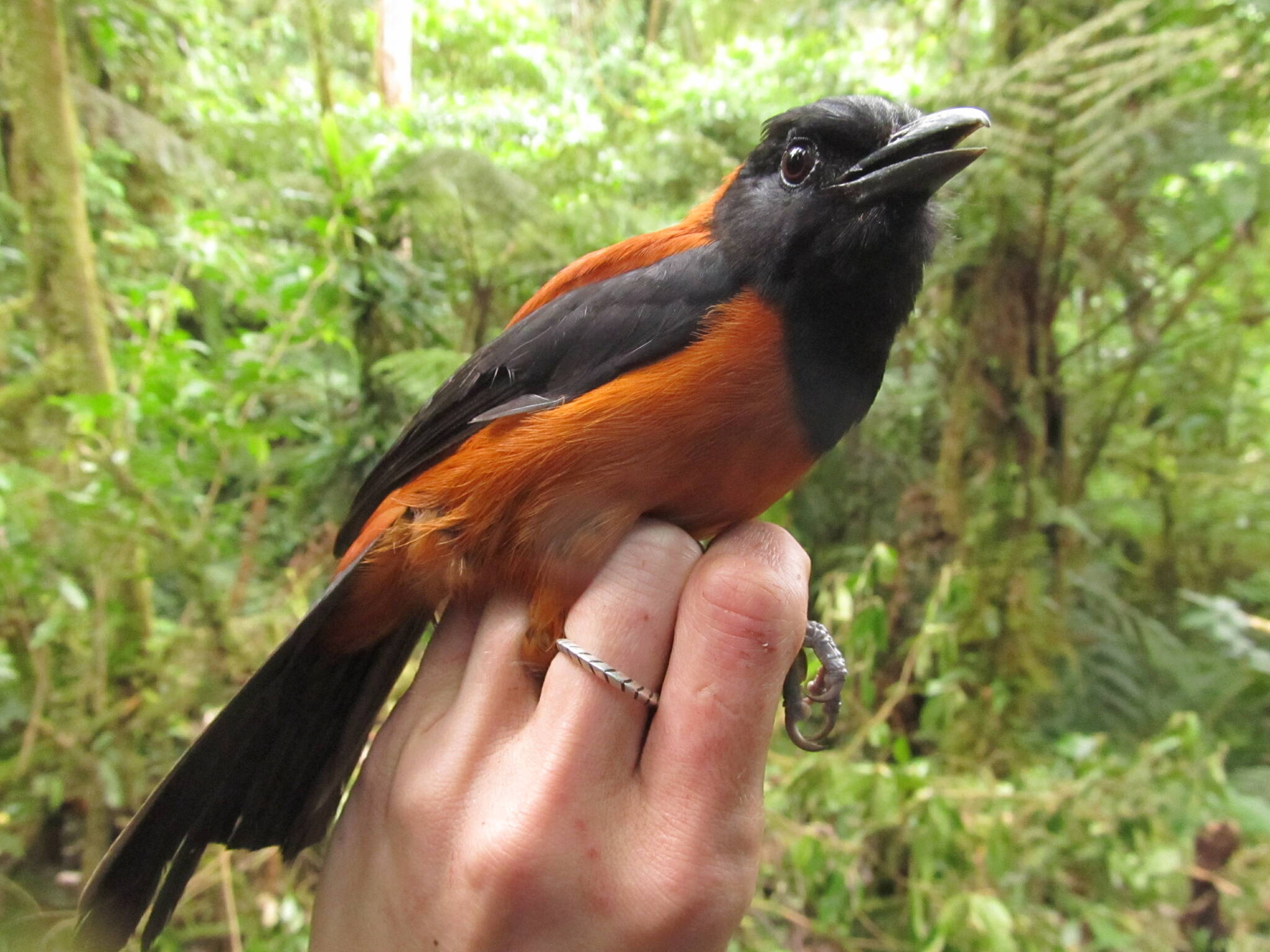By Mary F. Willson
For the Juneau Empire
Thousands of insect species have chemical protection against predators or parasites. These chemical compounds are often derived from plants (which made them for their own defense); for instance, herbivorous larvae sequester these compounds, so they and the ensuing adults are protected. Enemies may be deterred from attack by the smell or learn from experience to avoid insects that produce nausea or other unpleasant effects. Chemical protection provides clear advantages to survival and reproduction. A well-known example is provided by monarch butterflies: The larvae eat milkweed plants, taking in toxic cardiac glycosides; birds that try to eat the larvae (or the later adults) get sick and quickly learn to avoid such prey.
A less well-known and fascinating example is the colorful bella or rattlebox moth, whose larvae feed on poisonous seeds of a legume, storing the toxic alkaloids in their bodies. Predatory orb-weaving spiders and wolf spiders reject toxin-laden larvae and adults. Female moths transmit the toxins to their eggs. Male moths transmit the toxins along with sperm during copulation, and females mate many times, building up their supplies of the toxins. Thus, the females and their offspring gain better defenses. Males advertise their supply of the toxins (with an airborne pheromone) and females favor males with bigger protective chemical gifts to offer, somehow even giving precedence to their sperm over those of others.
In contrast to the insects, very few birds are known to be toxic (at least to humans or other mammals). The European common quail (a subspecies of a widespread species) sometimes makes some human consumers ill, but only in fall when the birds are migrating south, possibly because of some seasonal food in the diet; other subspecies living in other regions are not usually considered to be toxic.
Bronze-wing pigeons in Australia attracted notice when introduced mammals (cats, foxes) died after eating them. The pigeons eat seeds, including those of a particular legume that contains toxins. I found no reports, however, of effects of pigeon-eating on native Australian animals (did they not eat pigeons, or were there no observations, or did they tolerate the toxins?).
The largely herbivorous spur-wing goose of Africa sometimes has poison in its body, perhaps from eating blister beetles, which contain the potent toxins cantharidin. These birds could be self-medicating by occasional beetle-eating, perhaps reducing intestinal worms and microbes. A contrast is seen with the great bustard of Eurasia, which is thought to self-medicate in this way, at least in some populations, although this bird is not reported to have toxic effects. As an interesting aside: In the mating season, male bustards eat more beetles than females, perhaps cleaning out their guts to demonstrate to females (which inspect the males’ rear ends) no diarrhea and a clean bill of health.
North American ruffed grouse sometimes made human consumers sick, but effects varied among individuals and were chiefly restricted to later winter and the eastern part of the North America in the 1800s and 1900s. These effects may have been due to winter diets that included mountain laurel, a species known to be toxic to sheep and whose honey is toxic to many consumers, even bees.
A small songbird called the red warbler, living in parts of Mexico, was long-ago reported to be unpalatable to humans; more recently certain toxic alkaloids have been identified from the feathers.
In all of these cases, the toxic effects are regional, seasonal or variable among consumers. It seems unlikely that the responsible compounds evolved because of their occasional effects on the particular consumers/predators; they might have some metabolic function, for example. In short, these toxic effects maybe incidental, from the point of view of the bird—they may not have evolved because of a protective function, in contrast to insects, and they may have some other function that provided an advantage that led to their evolution.
There are, however, a few known instances of direct deterrence or protection by avian toxins. Hoopoes in the Old World produce very smelly material from the uropygial (“preen”) gland near the tail. Females spread this stuff over their feathers and their chicks, and the chicks produce it too. It is said to contain certain bacteria that destroy other bacteria that would damage the feathers.
The best-known cases of toxic birds are some species of pitohui and the ifrita of New Guinea. Touching these birds’ feathers and skin leads to tingling and numbing in humans (a fact well-known to the local natives), so eventually researchers discovered that the feathers are coated with material that contains alkaloids called batrachotoxins — highly potent poisons similar to those of the famous poison-arrow frogs. These birds may get the toxins from eating certain beetles, probably storing them in the skin and spreading them while preening the feathers; the toxins are also found in muscle tissues. There is evidence that the toxins reduce populations of ectoparasites such as lice and ticks, as well as various predators such as snakes, raptors, arboreal marsupial mammals, and humans. Levels of the toxins vary among species and among regions.
The subject of avian toxins is little-studied, so far. Many other birds are reported to be unpalatable or noxious in one way or another, and it seems likely that careful research may turn up more cases of both incidental and evolved chemical protection.
• Mary F. Willson is a retired professor of ecology. “On the Trails” appears every Wednesday in the Juneau Empire.

